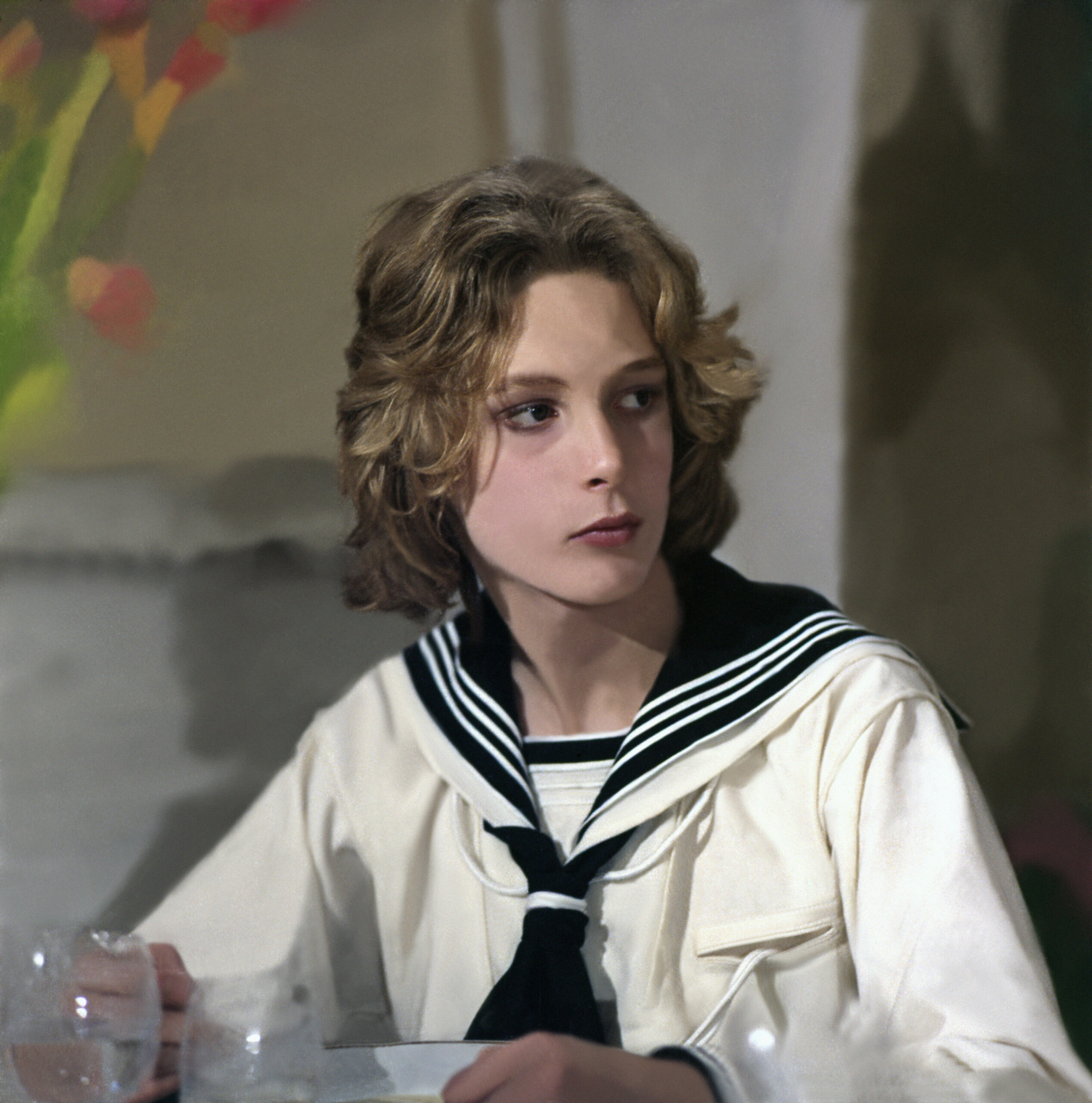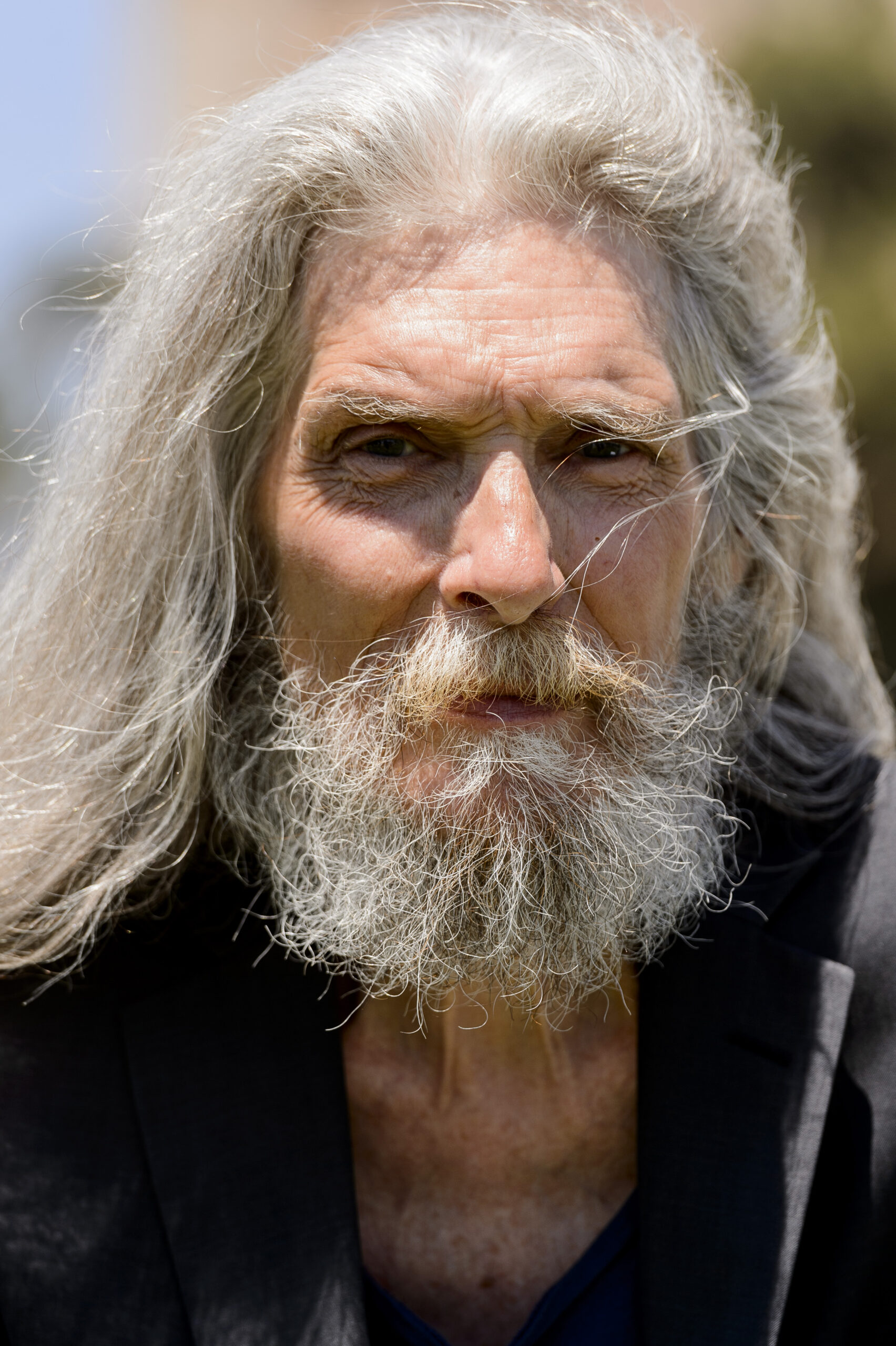Björn Andrésen, the Swedish actor famously dubbed “the most beautiful boy in the world” for his role in the 1971 film Death in Venice, has died at the age of 70. While the phrase launched him into international stardom as a teenager, Andrésen spent much of his life grappling with the weight of a label that came to feel more like a curse than a compliment, a title that overshadowed his entire personal and professional journey.

Andrésen was only 15 when he was cast by the esteemed Italian director Luchino Visconti in the adaptation of Thomas Mann’s novel. It was Visconti himself who first used the iconic phrase in a press interview, instantly cementing Andrésen’s public image. However, the experience of making the film was far from glamorous for the young actor. He later revealed that he felt like an “exotic animal in a cage” and described the production as an ordeal that “screwed up” his life, creating a shadow from which he could never fully escape.

The difficulties extended beyond the set. Andrésen recounted being brought to gay nightclubs by Visconti as a 16-year-old, an experience that made him profoundly uncomfortable but which he felt powerless to refuse. He would later refer to Visconti as a “cultural predator” who would sacrifice anyone for his art. This early exposure to the darker sides of fame left a lasting mark, shaping his complex relationship with the industry that had made him a star.
Despite the challenges, Andrésen built a diverse career. He found significant success as a model and pop star in Japan, where the public hysteria around him was compared to Beatlemania. Later in life, he focused on his passion for music, becoming an accomplished pianist. Yet, no matter his achievements, the specter of his first role remained. “Everything I ever do will be associated with that film,” he lamented in an interview, acknowledging the lonely trajectory of a career that started at the absolute top. His story serves as a poignant reminder of the human cost often hidden behind an iconic image.


